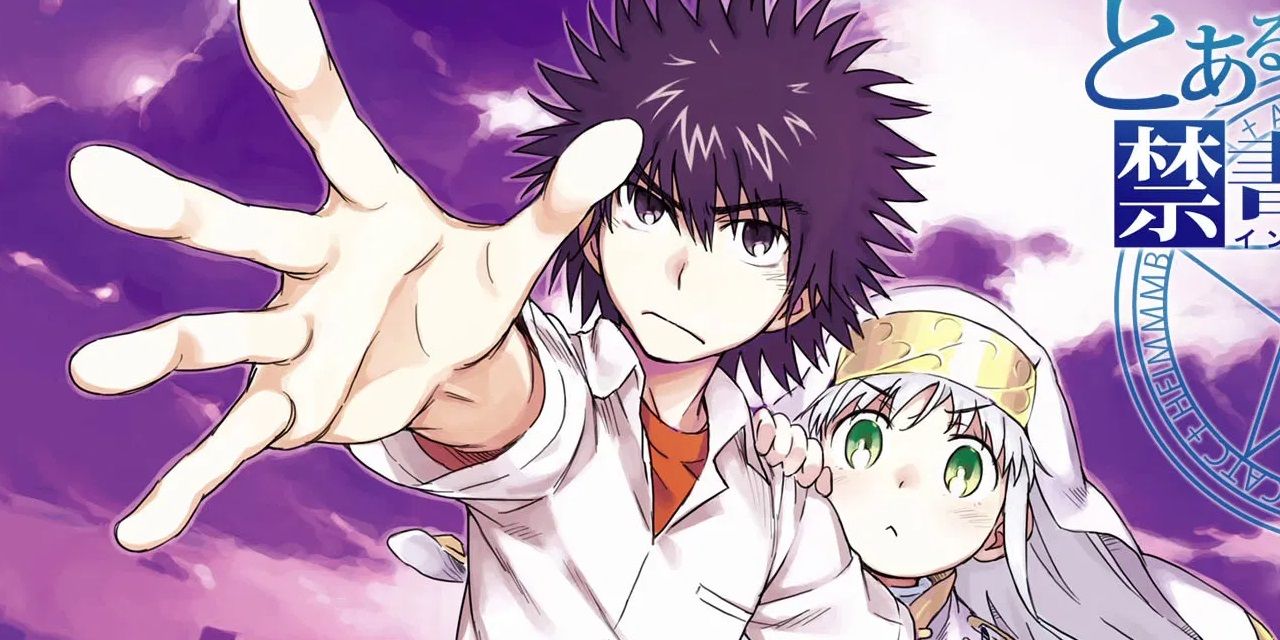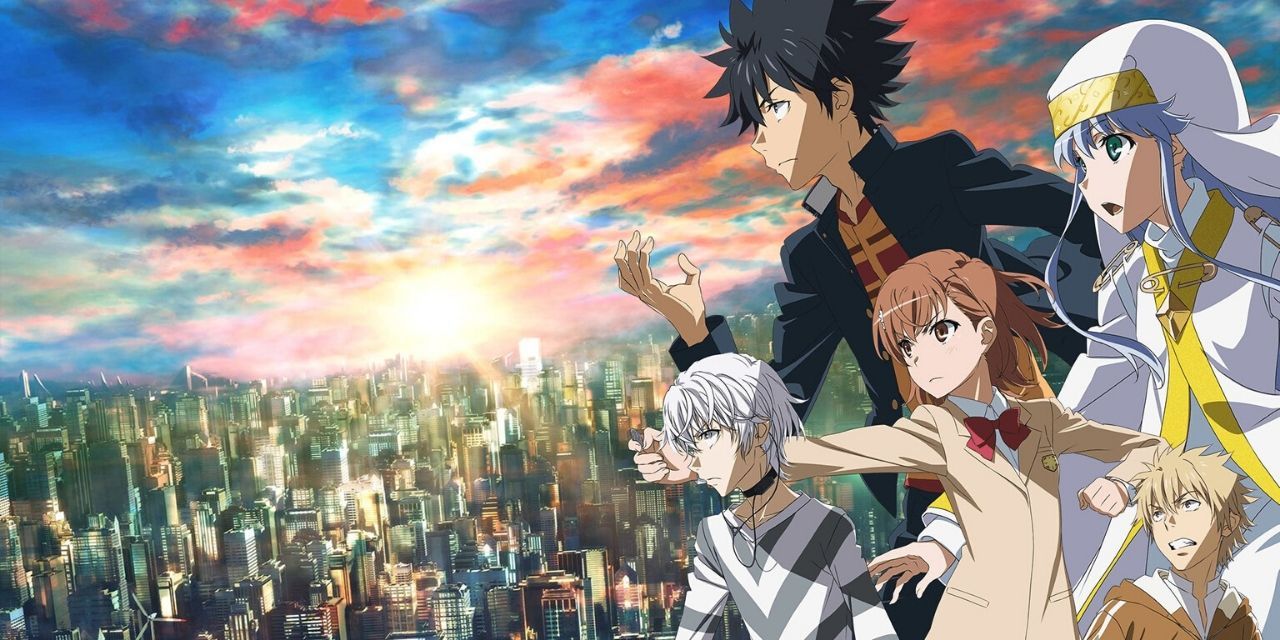The MyAnimeList scores of A Certain Magical Index and A Certain Scientific Railgun are wildly different. The original series' final season has a fairly low rating of 6.75 while the current season of Railgun is rated rather well after its first arc with a score of 8.24. Similar discrepancies have shown up across the franchise, with Index's seasons consistently under-performing compared to its spinoff.
Some may find this odd, as both are made by studio J.C.Staff. But when you think about it, the reason for this comes down to the source material. Neither are anime originals -- Index was originally a series of light novels, while Railgun is a currently ongoing manga. But this difference in medium is key, and might explain why the latter is far better received than the former.
One of the key difficulties in adapting a light novel as opposed to manga is the pacing -- and it shows heavily in the third season of Index. Take the Battle Royale arc, a brilliant and pivotal series of events written over the course of more than 300 pages in the 15th light novel volume. It's the only arc of Index that doesn't involve protagonist Kamijou Touma and features five factions from the Dark Side of Academy City duking it out against each other in an unforgettable battle. It culminates in the two strongest espers -- Accelerator and Kamijou -- attacking each other in a bloody, emotionally-charged final fight, something that the anime doesn't do justice to.
In fact, the anime does none of the arc justice, as the entirety of it is crammed into just three episodes. There's an argument to be made that this is partially the result of trying to cram too many arcs into one season, but the point still stands that light novels are just harder to actually adapt. Consider that the pace of an anime like Index is based on the characters' actions and their voices, while the light novel needs to include other things like description, thought processes, and more. This mismatch can lead to judgment errors about the pacing of a light novel adaptation.
On the other hand, it's a lot easier for anime to adapt manga. Not only does manga circumvent a novel's need for description by relying on visuals, but the action sequences in manga have often used scenes from the manga they are based on for storyboarding, as well as building upon the source material. Attack on Titan serves as a notable example of this. Because both are visual mediums, the pace of a manga pace is often far closer to the pace of an anime, and their episodic nature allows for a much easier adaptation. One Piece, in fact, has periodically used the one-to-one episode-to-chapter adaption formula with massive success. (Nowadays, it's more like half-a-chapter-to-one-episode.) If you're looking for more proof, you only need to look at how Index paced the Sisters arc and compare it to the Railgun adaptation of the same arc -- the latter is generally considered to be superior, and is praised highly within the fandom.
Pacing an anime based on the pacing of a light novel, on the other hand, is really difficult. It's not just Index that has issues with it, either. Fate/Zero, while an amazing series, is also a light novel adaptation that's been criticized for having a slow start. Sword Art Online's second half also had pacing problems (though that certainly wasn't its biggest problem). Fantasy-action light novels, in general, are just difficult to adapt in comparison to their manga counterparts.



